(Today’s theme music: The Yardbirds, “Over Under Sideways Down”)
I’ve been fielding an increasing number of questions recently that share a similar theme: “have we run too far?”, “is it time to lighten up?”, “should I sell?”, that sort of thing. And for better or worse, most of my answers are more elaborate versions of “don’t fight the tape”, “be fearful when others are greedy”, and “markets can remain irrational longer than you can remain solvent”.
Rather than simply reducing today’s piece to a pithy series of time-tested adages (though many of you might welcome the extreme brevity that would entail), since these are exactly the sort of questions that investors should constantly be considering, we should do some justice to them.
Momentum has clearly been the most important factor driving a wide range of investment returns, most notably in equities and cryptocurrencies. At its root, momentum is a trend-following strategy. It involves identifying a trend and trying to capitalize on its continuation, particularly when the trend is pointing higher. Considering that there is no shortage of investments that are in the midst of short or long-term trends, it is understandable why this has become an increasingly popular style of investing. Long, well-defined trends tend to have a self-fulfilling nature to them, something that is clearly in evidence now.
But, since “trees don’t grow to the sky”, it is typical that all trends — no matter how well entrenched – come to an end at some point. The questions are “when?” and “how?”. The how is the easier part, if only marginally so. Trends are like Newton’s First Law – a market in motion will tend to stay in motion unless acted upon by an unbalanced force. Thus, something arises that interferes with the momentum. That could be a change in a company’s ability to meet its earnings or guidance, a set of fiscal or monetary policies that change investors’ calculus, or simply exhaustion. Good luck predicting when those might arise and whether they are significant enough to alter investors’ psychology.
Right now, that psychology is quite bullish and forgiving. That is why my recent pieces suggested that investors should consider “buying insurance” via protective puts on the S&P 500 (SPX), and that those puts, while somewhat pricy relative to at-money options, are indeed trading with relatively low implied volatilities.
Looking ahead, investors need to consider what is priced into markets right now versus what might be an undigested positive. It is certainly quite helpful to stock valuations that 15% earnings growth for 2025 is being priced into the S&P 500 right now. But if we’ve also priced in, say 2-3% real GDP growth and 2-3% inflation, where will the incremental 9-11% growth come from. That’s a potentially tall order, providing quite a bit of risk for corporate earnings. And what might transpire if there are increased tariffs (talk of which is being largely ignored right now), large cuts in government jobs and spending, mass deportations, or a sidelined FOMC? All of which could offer significant negative surprises, at least in the period after their announcement.
But with the exception of a change in Fed policy, none of those are likely to occur in the near term. While there is an FOMC meeting on December 18th, the new administration doesn’t take office until January 20th (and the market will be closed for Martin Luther King Day). Investors are banking on a market-friendly set of policies, and there will be little to change that perception until then. I am by no means saying those perceptions are wrong, but instead that the market may be underpricing the risk that some policies might have unintended consequences.
There are lots of positives priced into a wide range of assets right now. But think about whether all the good news might already be priced in. If not, rally on. If so, some caution is warranted.
Join The Conversation
For specific platform feedback and suggestions, please submit it directly to our team using these instructions.
If you have an account-specific question or concern, please reach out to Client Services.
We encourage you to look through our FAQs before posting. Your question may already be covered!
Leave a Reply
Disclosure: Interactive Brokers
The analysis in this material is provided for information only and is not and should not be construed as an offer to sell or the solicitation of an offer to buy any security. To the extent that this material discusses general market activity, industry or sector trends or other broad-based economic or political conditions, it should not be construed as research or investment advice. To the extent that it includes references to specific securities, commodities, currencies, or other instruments, those references do not constitute a recommendation by IBKR to buy, sell or hold such investments. This material does not and is not intended to take into account the particular financial conditions, investment objectives or requirements of individual customers. Before acting on this material, you should consider whether it is suitable for your particular circumstances and, as necessary, seek professional advice.
The views and opinions expressed herein are those of the author and do not necessarily reflect the views of Interactive Brokers, its affiliates, or its employees.
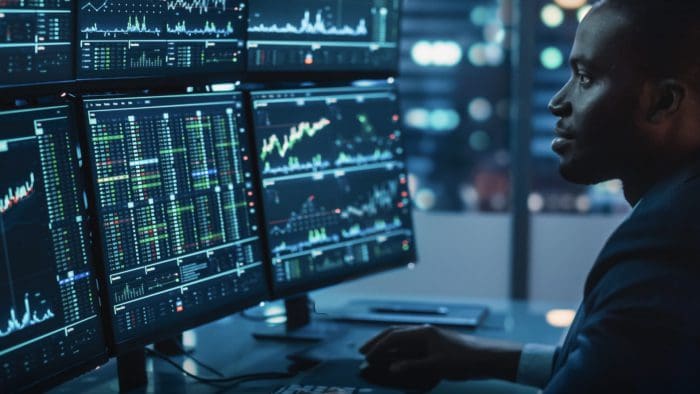
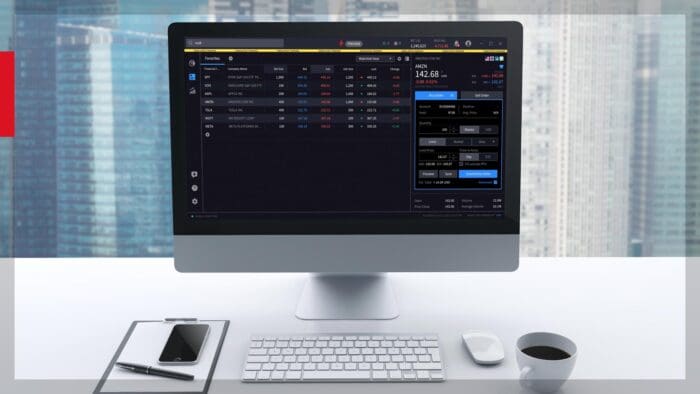


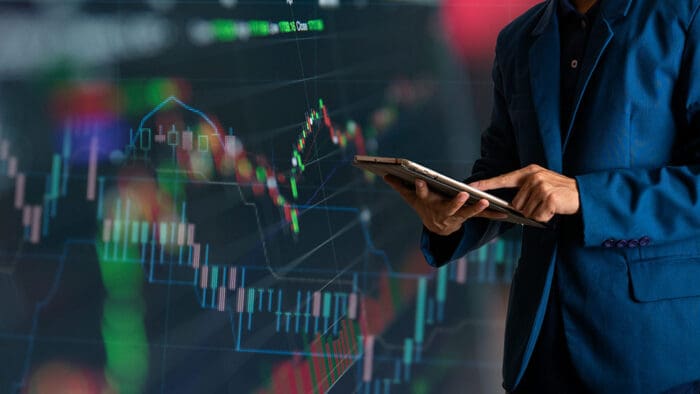

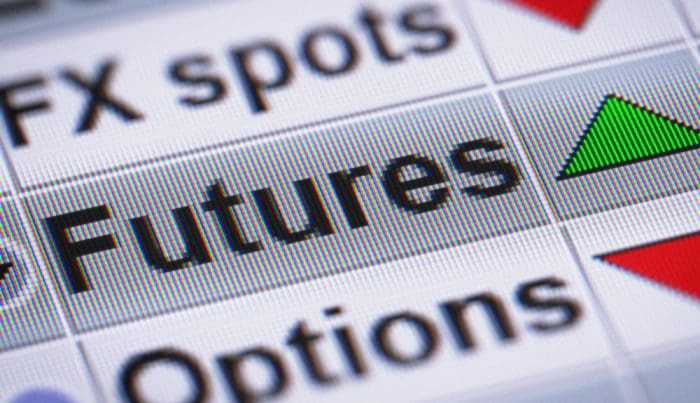




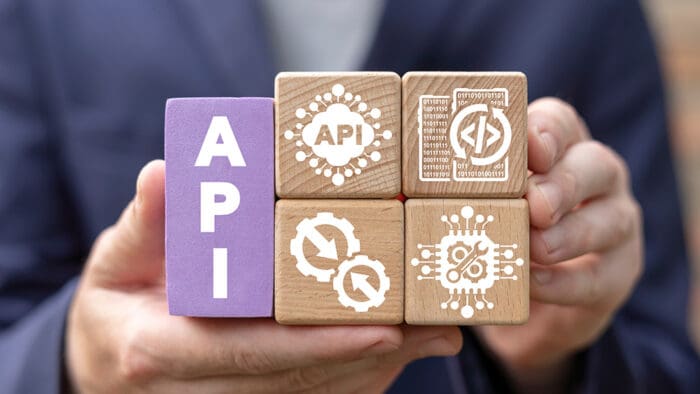




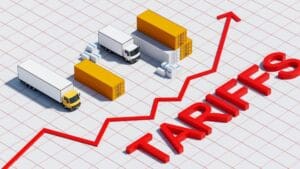



Agree 100%. For me, the worst is Risk Trump. It is hard to measure, but I see a lot of people betting that Trump 2.0 will be like Trump 1.0. It will not be. His nominations are disruptive of the status quo. Some of his choices are really bad, but for the most part, they are not necessary bad or good. They are simply unknown. And let’s not forget that 50% of the country is optimist about the new government, but 50% are not. Mass deportations will cut millions of consumers, and cut millions of jobs that mostly will not be filled because of tight labour market. Tariffs will curb American exports, create unemployment and make cost of living higher.
We spell “labor” with an “or” in the US… not “labour” – sort of an obvious troll mistake.
how does alternative spelling make this person a troll? did you know that there people from all around the world who invest in US markets and read Steve Sosnick? it’s crazy but true! we’re all neighbours.
labour is how it is spelt in Australia, Britain, India, and New Zealand. American spelling of labor will get corrected to labour in all these countries, for your kind information.
One of the realistic market situation. You are politely saying these crazy days will not last while not yelling.
seems to me this ‘insurance’ with puts not only does it take a lot of energy/time/record keeping but the ‘rolling over’ will start costing more money especially if the option you get out is a loser. To me it’s more of this ‘witch craft’ with options which long term data shows to be a loser. Not to worry for they don’t print my comments.
Compared to other moments of time over the past year when markets were printing new all-time highs day-after-day, volume does look bearish for several large indexes (not the DOW but definitely for SPX and QQQ). Financials are underperforming on the very short-term and we all know the large-cap indexes don’t seem to go anywhere without the financials. Recently, highly cyclical REITS failed at a previous high. So some bearish divergences teaming up with bearish volume. Nothing conclusive but some cracks maybe forming. Personally, I would like to see junk bonds crap out before turning bearish on everything else. However, unlike all the other blow-off tops that have formed over the past several years, there are some clues that if another correction takes place, it maybe more than the 5% variety. A lot of these same indicators were in place in late ’21 and they portended much lower prices for US equities.
The increase in prices due to tariffs will be completely offset by the elimination of millions of consumers .! Trump is a genius!
Interactive Broker makes Capitalise.AI freely available to you – if you are fearful, automate your trading.
From a tech perspective, the machines/algos and the tech that runs them are amazing, so “expect it to go further than you expect it to go” and “things need to run to an extreme” as in, both, from a human perspective. Automate? Sure, but if you are not looking at the dark pools… you aren’t seeing what’s actually going on. A lot of what you see in the trading trenches is machine warfare, and they are fearless. Much like politics, where angels fear to tread, all that.
Looks very similar to December 1999 to me, stocks going up in chunks, 20, 30, 40 percent in a week like it’s nothin’. Some with no earnings or very high P/Es. The market topped in March 2000, so we’ll see what happens. I predicted the S&P would see 4500 again, I do look like an idiot now, although at the start of the year I said it would probably be another year like 2021, where every little dip gets bought, but I never thought it would reach 6000. The valuations have become ridiculous now, how does anyone justify any business with a market cap of almost $4 Trillion dollars, that is $500 for every man, woman and child on the planet. And who is buying bitcoin at $100,000? Seriously? It was $2 in 2012. $2 to $100,000 in 12 years. Bitcoin has to be the biggest Ponzi scheme in the history of mankind. I could see it collapsing by 90 percent.
Richard, I agree completely
Next Black Swan? Opinions? China invading Taiwan? N. Korea doing something stupid? Iran developing a nuclear weapon?
Trump.
Exactly
Many years ago when I studied social psychology I became familiar with a number of studies which tempted to show that people in general are more fearful of losing an certain amount, than cheerful of the gain of that same amount. In otherwords fear is often a greater motivator than greed. So unless you have been very unlucky with your choices, you have done well over the last couple of years, and unless you are oblivious to the nature of such a market, you wonder when the party will end. After forty years I’ve come to the realization that by the time you will know for certain that the party is over, it’s too late to do much about it, so you are doomed to vacillate between fear and greed (with fear usually winning out.) It will not do to dump everything that has been flying high, nor sticking your head in the sand and doing nothing, but you could sell a little. Yeah, it might continue to go up, but at least you captured a gain, and you participated in the further gain with the portion you held on to. If the retreat comes, you have the comfort of the pocketed gain, to sate the feeling you should have sold earlier. Frequently I will sell a slightly out of the money covered call on (part of) the position. The premium is mine even if the position declines, and if it is assigned, I’m back in the position noted above, only with a greater capital gain. I have, on occasion, bought a protective put to assuage the feeling that I ought to do something, but the infrequency of it “paying off” leaves me feeling that I’m better off with the first two alternatives.
Protective Put is key.